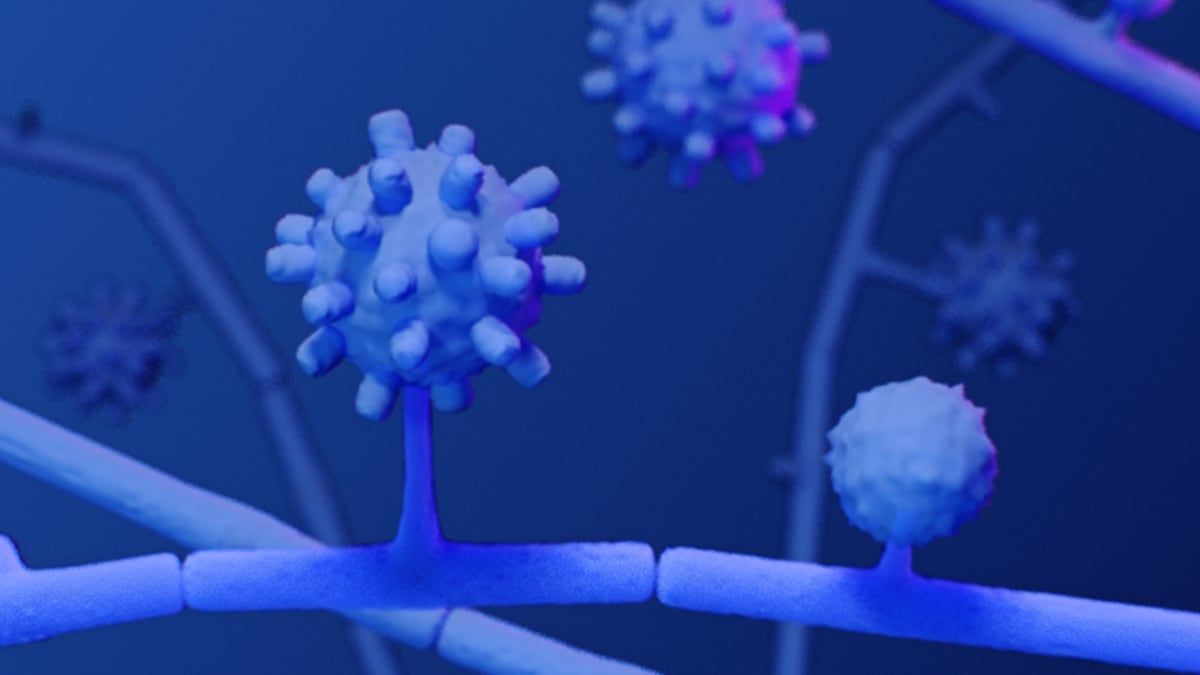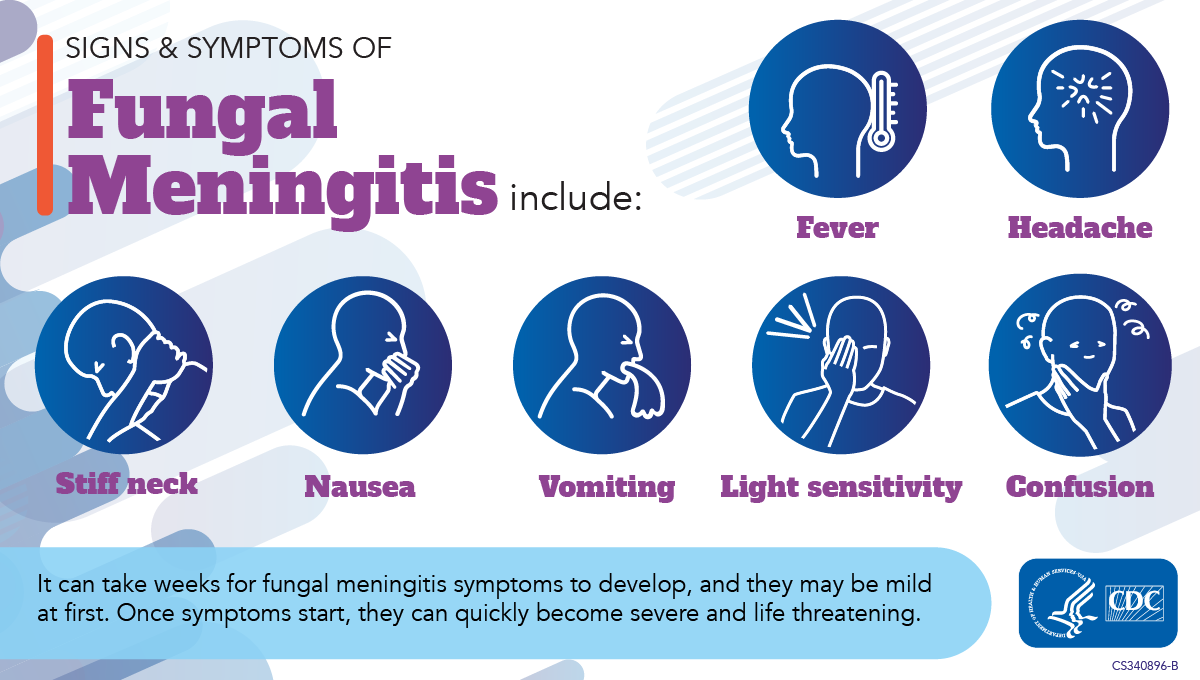Key points
- Histoplasmosis is a lung infection, or pneumonia, caused by breathing in spores of the fungus Histoplasma from the environment.
- It is often misdiagnosed or diagnosed late.
- Infection can be mild to severe and can even lead to meningitis.
- Early testing and antifungal treatment helps prevent severe infections.

Overview
Histoplasmosis is a lung infection caused by breathing in Histoplasma, a fungus. Histoplasma lives in the environment in parts of the United States and the world.
Most of the time when people breathe in the fungal spores, they do not get sick. However, Histoplasmosis can cause mild to life-threatening symptoms of pneumonia. Histoplasmosis is often misdiagnosed or diagnosed late because the symptoms are similar to more common pneumonias caused by bacteria or viruses.

Symptoms
Symptoms of histoplasmosis include:
- Fever
- Cough
- Fatigue (extreme tiredness)
- Chills
- Headache
- Chest pain
- Body aches
These symptoms usually appear 3 to 17 days after breathing in the fungus. Learn more about symptoms of histoplasmosis.
Severe infections
Histoplasmosis can develop into a long-term lung infection, specifically among people with weakened immune systems. In rare cases, it can spread to other parts of the body, including the brain and spinal cord (meningitis).

Causes
Histoplasmosis is caused by breathing in fungal spores from Histoplasma, a fungus that lives in soil. It also spreads in bird and bat droppings that mix in soil. In the United States, the fungus mainly lives in the central and eastern states.
Histoplasmosis does not spread between people or between people and pets (cats and dogs).
Testing and diagnosis
Healthcare providers diagnose histoplasmosis by collecting a sample of blood or urine for laboratory testing. it usually takes a few days to a couple of weeks to receive results.
Additonal testing may include:
- Imaging tests like an X-ray or CT scan of the lungs.
- Testing fluid from the lung or respiratory tract.
- Testing a biopsy (small piece of infected tissues from the body).
When to ask about testing
Histoplasmosis causes the same symptoms of pneumonia that bacteria and viruses cause. Because pneumonia caused by bacteria is far more common than fungal pneumonia, healthcare providers usually prescribe antibiotic treatment first.
Antibiotics are drugs designed to kill bacteria, not fungi. They will not help treat histoplasmosis or other pneumonias caused by fungi.
Patients should ask healthcare providers about testing for histoplasmosis if they live in or recently traveled to an area where Histoplasma lives and:
- Have symptoms of pneumonia.
- Already took prescribed antibiotics and are not getting better.
Additional considerations for testing for histoplamsosis include:
- Patient risk factors.
- Imaging results that suggest histoplamsosis.
- Connection to an outbreak.
Treatment and recovery
Symptoms sometimes go away on their own without treatment.
Prescription antifungal medication is needed to treat:
- Severe or chronic (long-term) lung infections
- Infections that spread to other parts of hte body and meningitis.
Itraconazole is one type of antifungal medication that’s commonly used to treat histoplasmosis. Amphotericin B is another medication that might be needed in severe histoplasmosis.
Treatment can range from 3 months to one year. The length of treatment depends on severity of the infection and immune status.
